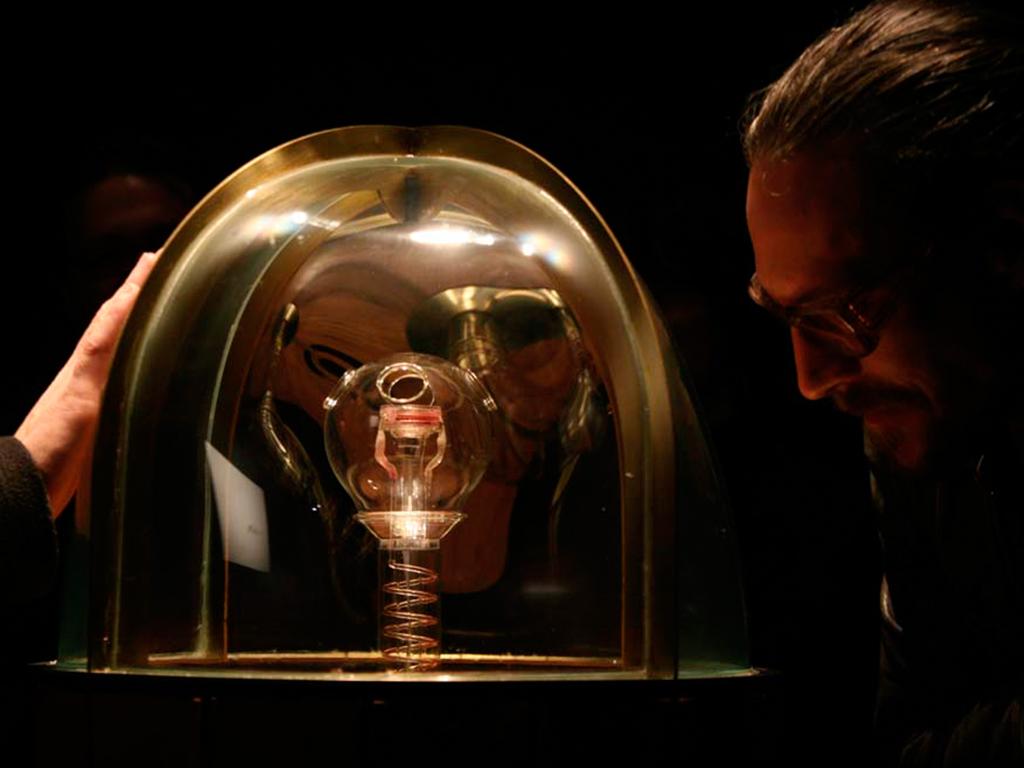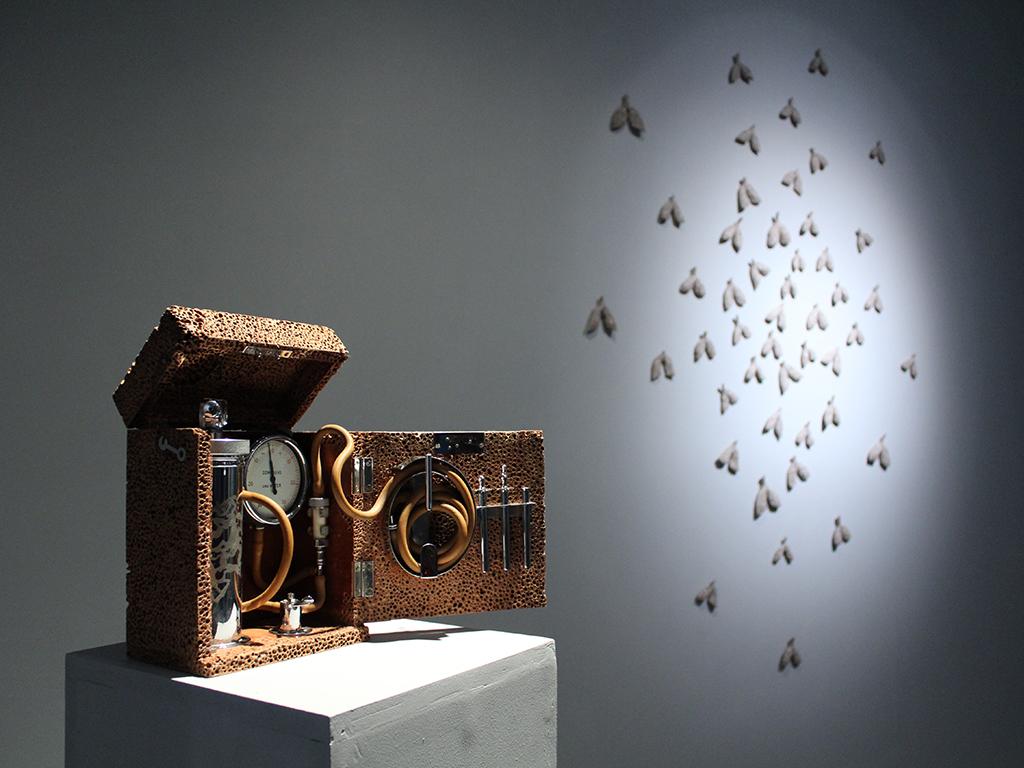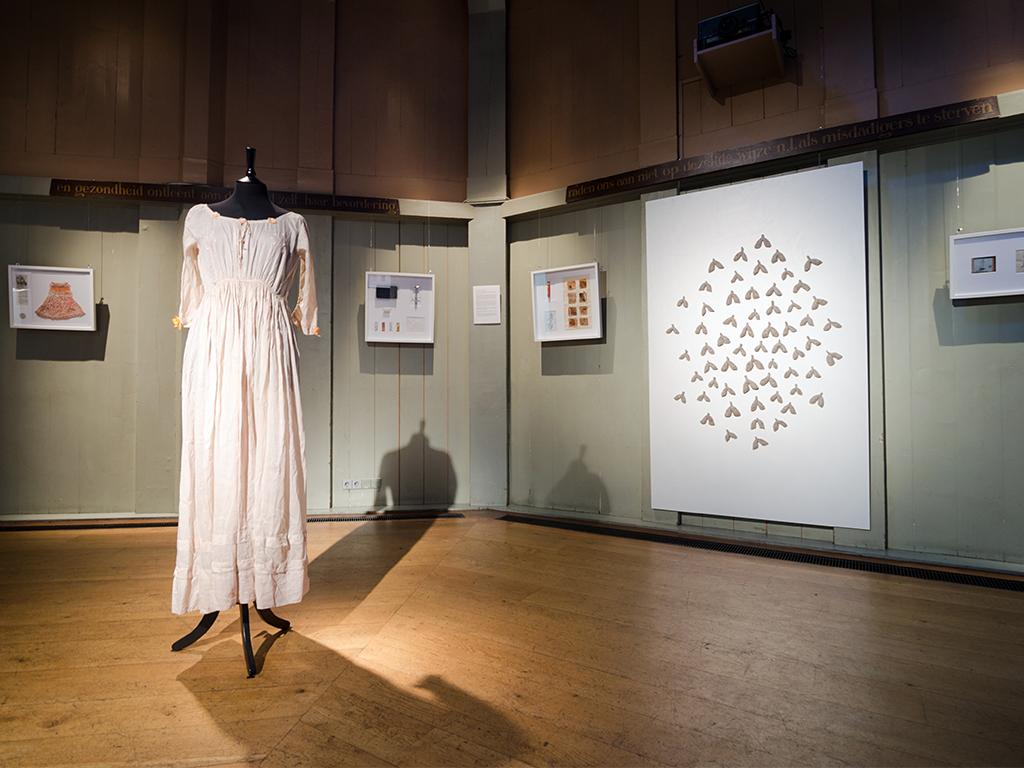Hybridity is one of the most fashionable words in modern society; it is used to describe culture, architecture, media, medicine and even car engines. Thinking about mythological creatures such as the centaur and Cyclops, and the fears and anxieties those represented and tried to exorcise, hybridity shows a long and fascinating history. Only since the latest future man instead of god produces those chimeras. What is the etymology of the word and how it functions both literally and metaphorically in the era of technoscience? What is the attitude of art practitioners to hybridity? And how does the art relate to the industry of those hybrids, chimeras and their kin.
Lecture: Joanne Jeśman, interview: Laura Mudde, interviewee: Guy Ben-Ary, moderation: Lucas Evers
Joanna Jeśman researches various contexts of bioartistic practices mainly from the perspective of posthumanist theory and animal studies. She is a co-editor of a book entitled Natureculture, which is a critical reflection on posthumanism and is going to be published in June 2014 (in Polish). Her lectures at Waag are part of a month-long internship funded by (SWPS) University of Social Sciences and Humanities in Warsaw, Poland.
Guy Ben-Ary is an artist and a researcher whose work uses emerging medias, in particular biologically related technologies (tissue culture, tissue engineering, electrophysiology and optics). Ben-Ary is an artist in resident in SymbioticA at the University of Western Australia, Perth, WA, since 2000. He specializes in microscopy (light, confocal and SEM), biological & digital imaging, tissue culture and engineering and artistic visualization of biological data. His Main research areas are cybernetics, robotics and the interface of biological material to man made devices. Much of Ben-Ary’s work is inspired by science and nature. His artworks utilize motion and growth to investigate technological aspects of today’s culture and the re-use of biological materials and technologies.
Laura Mudde studied art history and philosophy, and is interested in the intersection between art and science. She is assistant producer and curator of the international exhibition Yes Naturally. The exhibition played with the question what is natural, and who or what decides.
Lucas Evers
Lucas Evers joined Waag in April 2007 and is currently leading Waag's Open Wetlab. He is actively involved in several projects at the crossroads of locativity and narrativity as well as bio art en design.
Living tissues and living issues is a series of three evenings presented by the Open Wetlab that looks at how technology shapes new relations between organisms and in turn how technology is shaped by those organisms. From an artistic, academic and sociopolitical perspective we look at issues of hybridity, performativity and food as these seemingly unrelated topics have a very strong influence on how we perceive the Other and each other in modern society.
When?
13 February 2013
Doors open 19.30 hrs
Starts 20.00 hrs, wrap & drinks 21.30 hrs
Admission € 7,- (students € 5,-) - pay at the door
Where?
De Waag - Makers Guild
Nieuwmarkt 4
1012 CR Amsterdam
Living tissues and living issues is part of The Future of Art and Science Collaborations, a joint project of Waag and Stichting Toekomstbeeld der Techniek, supported by the Mondriaanfund and Doen.


